You have no items in your shopping cart.
Champagne
Champagne Taittinger
(23 customer reviews)
When Pierre Taittinger discovered Champagne, he was a young liaison officer during the 14-18 war. A few years later, he returned to the region with a passion for wine and gastronomy, and, together with his brother-in-law, put all his energy into developing the fledgling champagne business. In 1932, step by step, the House of Taittinger grew and earned its place among the great Champagne Houses, boldly imposing an innovative style through the use of the white Champagne grape variety, Chardonnay. Find out more
 Recommended by
Recommended byBettane et Desseauve avant 2020 - Jancis Robinson - Gault & Millau
-

Estimated delivery between 24 and Apr 26,
- -15%
- -18%
- -13%
- -11%
- -22%
- -15%
-

Garantie anti-casse :
Prise en charge totale
The winemaker
The Taittinger Vineyard
Established on the remains of several Benedictine abbeys, the Vineyard estate of Maison Taittinger is located in the Champagne region, at Reims in the Marne. It extends over 287 hectares of vines composed of 90% Chardonnay Blanc. This grape variety is the master, the king, the trademark of Taittinger champagnes. But you can also find Meunier noir and Pinot noir for 5% of the vineyard each. The Taittinger vineyards benefit from a half-oceanic, half-continental climate. This means rather cold winters with frequent frosts, and rather temperate, sunny summers and autumns. The average temperature is 10 degrees and sunshine is generally 1600 hours a year. The vines grow on soils of clay, marl, limestone, sand and chalk. These conditions are favorable to the production of quality champagne.
The romantic story of Taittinger champagnes
Maison Taittinger was originally Maison Forest-Fourneaux, founded in 1734 by Jacques Fourneaux. At the time, he worked with Dom Oudart's Benedictine abbeys, which owned the finest vineyards in the Champagne region. It wasn't until 1932, almost 200 years later, that Pierre Taittinger decided to buy Château de la Marquetterie, one of Maison Forest-Fourneaux's estates. He had fallen in love with the elegant, restful and historic setting. The Taittinger family were wine and champagne merchants, but lived in Paris. The purchase of this house enabled them to produce their own Champagne. It's worth noting that Pierre Taittinger was also a French parliamentarian and very much involved in politics.
From 1945 onwards, the Taittinger sons François, Jean and Claude took turns at the helm. But it was Claude Taittinger who, between 1960 and 2005, enabled the brand to grow and become one of the great French champagne houses. In 2005, Maison Taittinger was sold to an American pension fund called Starwood. But investors and buyers from the fast-paced world of business were unable to respect the tradition and slow, prestigious production of Champagne. That's why, in 2006, Crédit Agricole, in association with Pierre-Emmanuel Taittinger, decided to buy back the vineyards, while Starwood retained the hotel business.
What grape varieties does Maison Taittinger use?
The Chardonnay Blanc is Maison Taittinger's favorite grape variety. Its small yellow grapes give champagnes their finesse, lightness and a certain freshness. They bring aromas of hazelnut, anise and citrus. Chardonnay Blanc is a hardy grape variety that thrives on the region's soils. Without blending, it creates a Blanc de Blancs champagne, much appreciated by the House.
The Pinot Noir and its dark blue grapes offer Champagnepower and body. It's a grape variety that's difficult to produce, as it's fragile and delicate, but one of the most qualitative. It gives rosé champagnes their characteristic colors and brings aromas of red fruit.
The Meunier Noir and its juice-rich grapes give champagne a certain roundness and also bring red fruit aromas. It's a vigorous grape variety that likes clay soils.
How would you describe the Maison Taittinger style?
Maison Taittinger likes to define itself by exceptional vineyard work blending care and effort. Its aim is to create unique wines at the service of French art de vivre. The method of vinification used is that of the champenoise type. The raisins are vinified partly in temperature-controlled stainless steel vats and partly in oak barrels. This is followed by riddling, then aging on laths and disgorging. All champagnes are crafted in a spirit of sharing and togetherness. The Tasting Committee selects the champagnes to be voted on.
The great vintages of the Maison Taittinger
Brut, grands crus, demi-sec and rosé, Maison Taittinger offers us a wide range of exceptional champagnes.
Taittinger - Le Prestige rosé
This is a very intense champagne vinified in 15% red. A delicious blend of Chardonnay and Pinot Noir dresses it in a very marked pink color with fine bubbles. On the nose, this wine offers fresh aromas of cherry and strawberry. On the palate, the wine is perfectly balanced and the aromas are always present. It's the perfect accompaniment to your sweet and fruity treats.Taittinger - Le Prélude Grands Crus
This is a wine of character honoring the terroir of Maison Taittinger. Produced with the first juices from pressing a blend of 50% Chardonnay and 50% Pinot Noir, this is a lively, fresh champagne. Its pale, brilliant color reveals fine, active bubbles. On the nose, we can distinguish planty notes such as elderflower. On the palate, this is a full, round wine with citrus aromas and an explosive, powerful finish.Taittinger - Le Comtes de Champagne 2007
This is a delicate, precious champagne with a golden color and green highlights. There are touches of white flowers followed by a hint of anise. This is a greedy, aromatic wine that, once on the palate, gives way to freshness and citrus aromas.Taittinger - Les Folies de la Marqueterie
This is a rich, complex champagne. It honors the first estate bought by the Taittinger family and was the first terroir champagne produced. Its golden color is very intense. This fruity champagne reveals aromas of peaches and apricots and hints of brioche and vanilla. On the palate, it is full-bodied and supple, with a woody finish.
Registered since 19/03/2021

9 Place Sainte-Nicaise ,
51100 Reims
51100 Reims

22 wines available
between 26.8 € and 220.5 €
between 26.8 € and 220.5 €

402 wine's scans
on Twil application
on Twil application

Best rated wines on Twil :
You might like Voir tous les vins de la région
- -26%
- -26%
- -15%
- -26%

















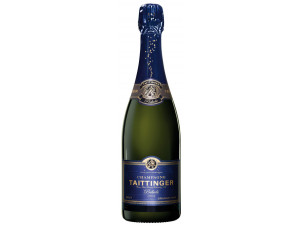



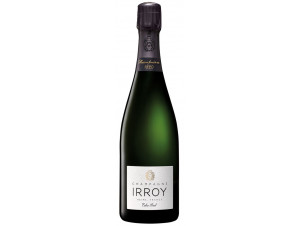

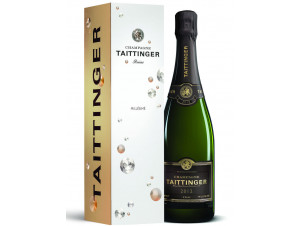





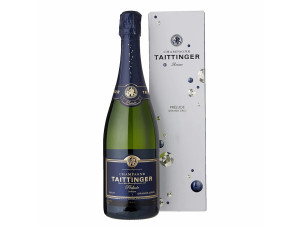






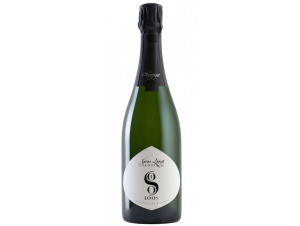





 TWIL - Achat de Vin
TWIL - Achat de Vin


